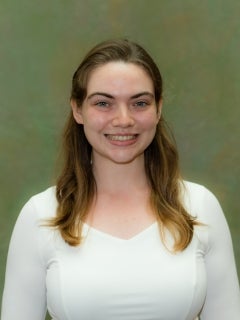
Title and abstract for Christina's talk:
Constraining Elusive Neutrino Properties Near and Far
Abstract: Neutrinos remain an elusive component of the standard model, and constraining the sum of neutrino masses is a prominent goal in cosmology. But what if there are additional properties of this mysterious particle beyond the standard model? New physics in the neutrino sector might be necessary to address anomalies between different neutrino oscillation experiments. Intriguingly, it also offers a possible solution to the discrepant cosmological measurements of H_0. I will discuss our paper in which we delay the onset of neutrino free-streaming until close to the epoch of matter-radiation equality by introducing neutrino self-interactions in the presence of a non-vanishing sum of neutrino masses. Our analysis shows that it is possible to find radically different cosmological models that nonetheless provide excellent fits to the data, hence providing an impetus to thoroughly explore alternate cosmological scenarios. I will then discuss a large scale structure probe—cosmic voids—that can help us put constraints on the sum of neutrino masses. How neutrinos impact the scale at which voids cluster and the void correlation is sensitive to the tracers. The interplay of these neutrino signatures in the void abundance and clustering leaves a distinct fingerprint that could be detected with observations and potentially help break degeneracies between different cosmological parameters.